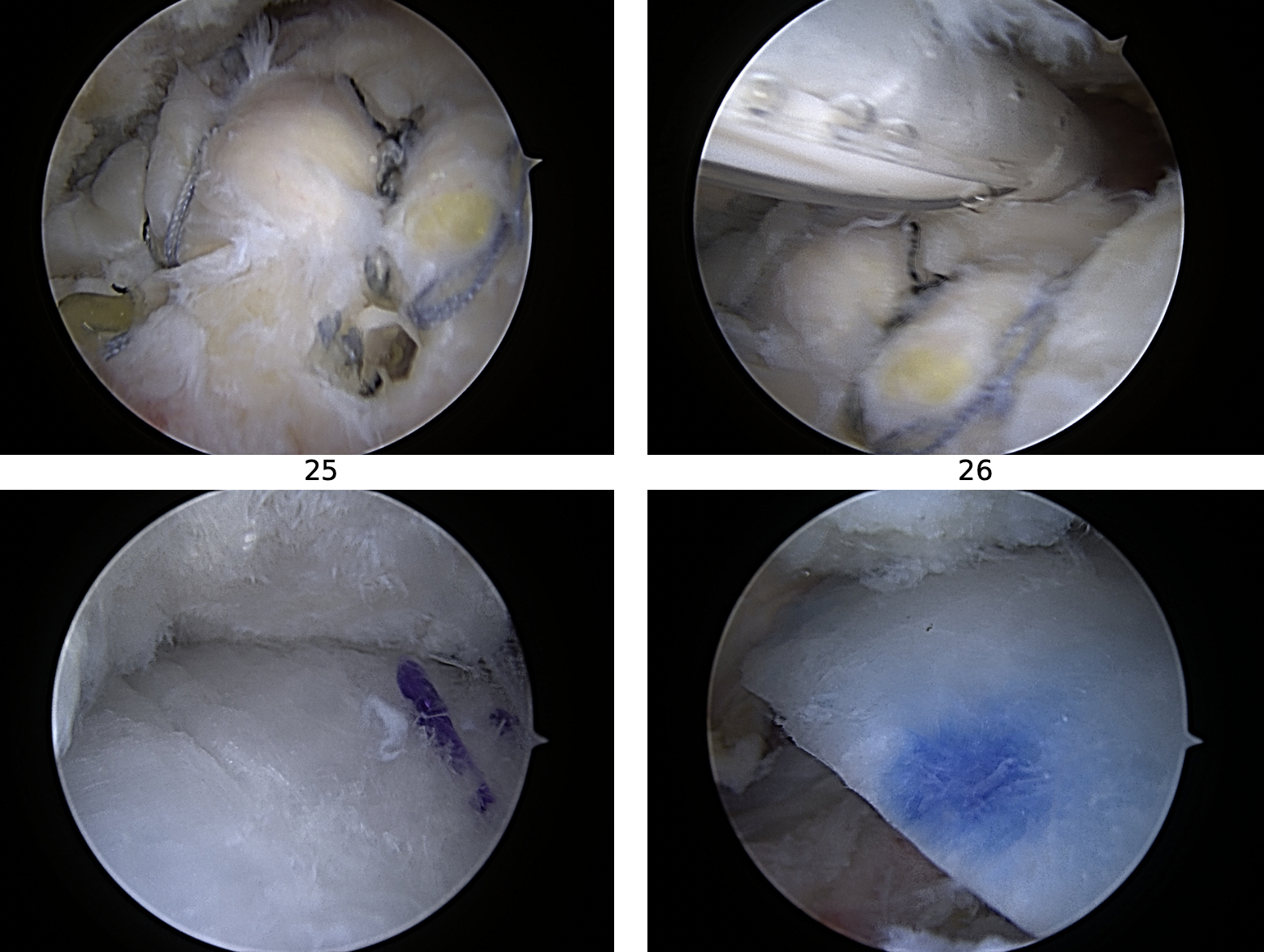
International Experience, Community Care
72 Y Old with severe arthritis and rotator cuff deficiency on MRI, post reverse shoulder replacement.
Arthritis
With age, most of our body tissues undergo wear and tear. Shoulder joint is the third most common large joint after knee and hip that can undergo degenerative changes with age leading to arthritis. Patients often have pain and limitation in motion. Most can be treated initially with physical therapy, injections or injections. Some may need surgery to return back to the activities that they love to do. Shoulder replacement is one of the options along with cartilage re-surfacing, cartilage allograft and minimally invasive options such as shoulder arthroscopy.
Massive rotator cuff tear - 63Y M- with collagen scaffold augmentation
Rotator Cuff Tears
Tear of the most important muscle “cables” around your shoulder can lead to constant pain and difficulty in moving your arm. Most patients hare uncomfortable sleeping on that side and also pain radiating down to the arm.
Young male with labral repair and remplissage
Ligament Tears
Dislocation of a shoulder can be either a traumatic episode, like say during a game of football, or can happen spontaneously with little injury in some patients. Patients older than 45 years of age are at an additional risk for tearing their rotator cuff. Other ligament tears around the shoulder joint include superior labral tear (SLAP tear) or posterior labral tear. 360 degree tears are very uncommon but possible.
Completely displaced humeral head
Fractures
Most fractures can be treated non-operatively, especially in the elderly age group. However, some may need fixation. Dr Kalra offers surgical options from minimally invasive nailing, plating and total and reverse shoulder replacements.




